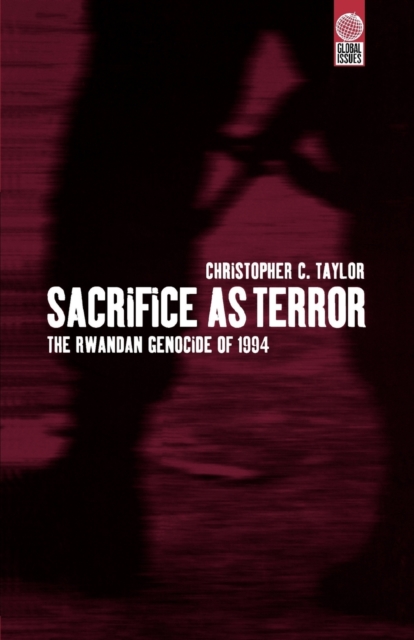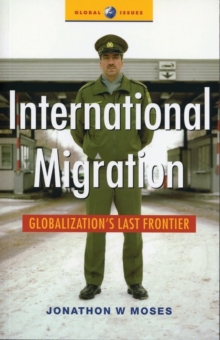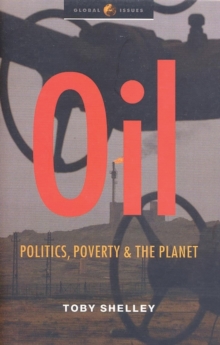
Sacrifice as Terror : The Rwandan Genocide of 1994 Paperback / softback
by Christopher C. Taylor
Part of the Global Issues series
Paperback / softback
Description
In the early months of 1994, it became clear that the government of Rwanda had not acted in good faith in signing peace accords with its adversary, the Rwandan Patriotic Front.
Acts of government-sponsored violence grew more frequent.
The author of this book, who at that point was conducting fieldwork in Rwanda, on several occasions found either himself or the Rwandans accompanying him threatened with, or sustaining, bodily harm.
Finally, active hostilities between the antagonists escalated on April 7, 1994, just hours after the Rwandan President's plane was shot down.
During the author's evacuation from Rwanda in the months following, he interviewed many survivors.
This book, the outcome of the author's experiences during the conflict, is an attempt to understand the atrocities committed during the 1994 genocide in Rwanda in which nearly one million people, mostly of Tutsi ethnicity, were slaughtered in less than four months.
Beyond this, the author shows that political and historical analyses, while necessary in understanding the violence, fail to explain the forms that the violence took and the degree of passion that motivated it.
Instead, Rwandan ritual and practices related to the body are revelatory in this regard, as the body is the ultimate tablet upon which the dictates of the nation-state are inscribed.
One rather bizarre example of this is that Hutu extremists often married or had sexual relations with Tutsi women who, according to the Hamitic hypothesis, were said to be sexually alluring.
Their mixed-race offspring were not exempt from the genocide.
Finally, and perhaps most importantly in light of the recent resurgence of violence, the author advances hypotheses about how the violence in Rwanda and Burundi might be transcended.
Information
-
Out of stock
- Format:Paperback / softback
- Pages:206 pages
- Publisher:Taylor & Francis Ltd
- Publication Date:01/08/2001
- Category:
- ISBN:9781859732786
Other Formats
- EPUB from £28.34
- PDF from £28.34
- Hardback from £135.00
Information
-
Out of stock
- Format:Paperback / softback
- Pages:206 pages
- Publisher:Taylor & Francis Ltd
- Publication Date:01/08/2001
- Category:
- ISBN:9781859732786










